WINGS AND ABDOMEN OF AN INSECT🤔 / ALAS Y ABDOMEN DE LOS INSECTOS🕵️♂️🧠🔬 (en-es)
Hello friends of steemit I hope you are well! we continue with the experiments in my small laboratory at home, my last post was based on a leg and the antenna of a grasshopper, our subject of study is to delve a bit about the parts that we had to study in insects, these samples were taken Also from a green grasshopper, let's learn a little more about the edge with more animals on the planet, the arthropod!😮👨🎓👨🏫
Hola amigos de steemit espero que esten bien! continuamos con los experimentos en mi pequeño laboratorio en casa, mi post pasado fue basado en un pata y la antena de un saltamontes, nuestro tema de estudio es profundizar un poco sobre las partes que nos faltaron por estudiar en los insectos, estas muestras fueron tomadas tambien de un saltamontes verde, vamos aprender un poco mas del filo con mas animales del planeta el artropodo!👨🏫👨🏫🦗🦗
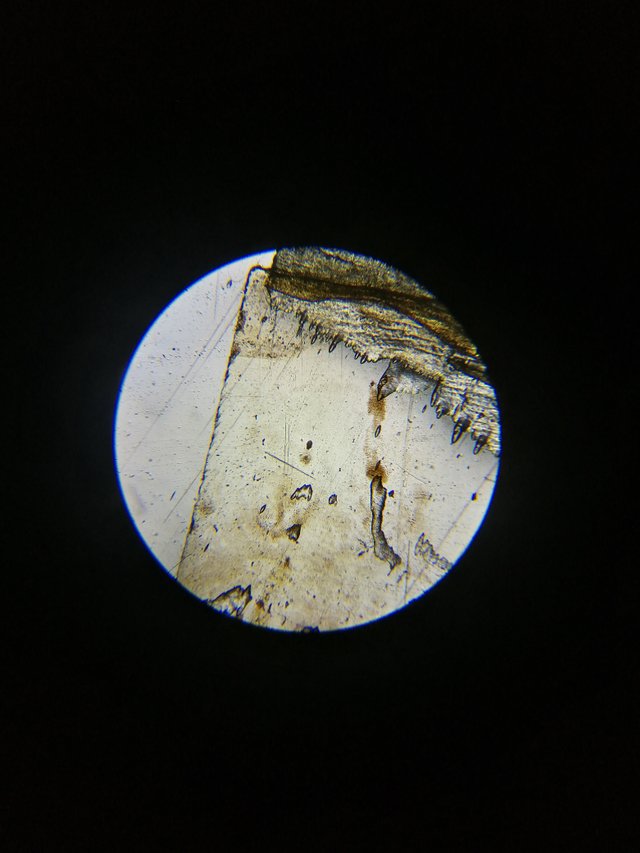
INSECTS ABDOMEN👨💻🦗/ABDOMEN DE LOS INSECTOS🤓
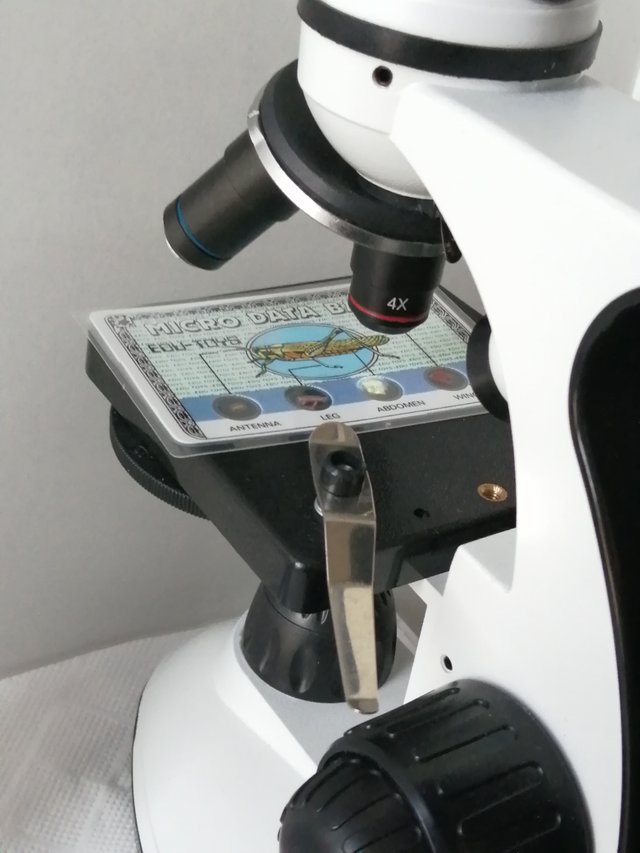
In order not to get lost in these kinds of insects, let us remember that they are animals that are within the atropod phylum, that present a body with bilateral symmetry, and have a very interesting characteristic within their group and that is that they have an "exoskeleton" that provides them protection, also remember that between the connections of their segments or bodies there is a kind of "ligatures" which allow them certain movements, within the "abdominal" area some appendixes are connected called: legs that allow them movement and in the thorax is where the wings connect!🤯😱
Para no perdernos en estas clases de insectos recordemos que ellos son animales que estan dentro del filum atropodos, que presentan un cuerpo con simetria bilateral, y tienen una caracteristica muy interesante dentro de su grupo y es que cuentan con un "exoesqueleto" que les proporciona proteccion, tambien recordemos que entre las conexiones de sus segmentos o cuerpos hay una especie de "ligaduras" las cuales les permiten ciertos movimientos, dentro de la zona "abdominal" se conectan unos apendices llamada: patas que les permiten el movimiento y en el torax es donde se conectan las alas!🦿🦾🧠
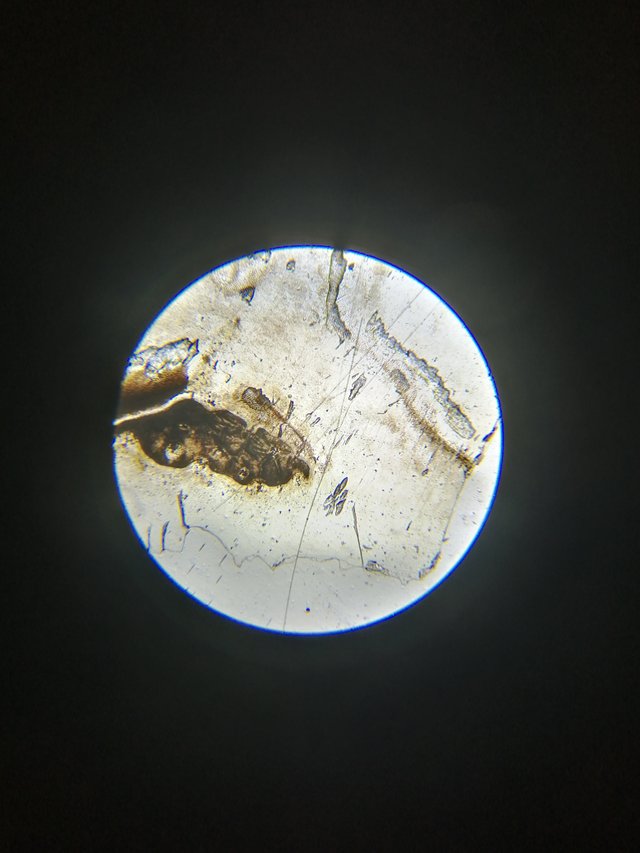
This is the cross section of the abdomen of a grasshopper, the morphology or shape of the abdomen of insects can be classified in 2 ways, some have a globular abdomen like beetles and others have elongated abdomenes like seeing a wasp, in the case of our study animal is elongated, they have a remarkable segmentation, but they lack locomotor appendages, it is a very simple primitive structure here there are no specific organs properly if they are not called visceral organs!😲😲
Este es el corte transversal del abdomen de un saltamontes, la morfologia o la forma de los abdomen de los insectos pueden ser clasificados en 2 formas algunos tienen un abdomen globular como los escarabajos y otros tienen abdomenes alargados como ver una avispa, en el caso de nuestro animal de estudio es alargado, tienen una segmetacion notable, pero carecen de los apendices locomotores, es una estructura primitiva muy simple aqui no hay propiamente organos especificios si no se les llaman organos viscerales!👀🧠👄👅
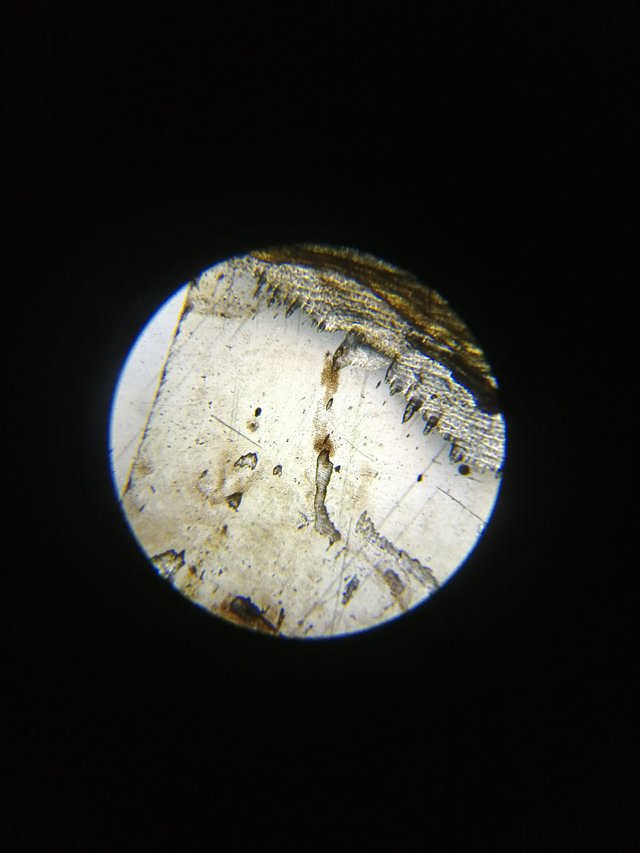
Within the famous visceral organs there is a combination of organs that perform reproductive, digestive and finally excretory functions, the abdomen of insects is mostly "segmented" by rings that vary between 10 to 11 and are known by the term biological "uromers", if we see a macroscopic image of segments 1-8 we could see openings called spirals that are responsible for respiration since they do not have lungs like us!🤔
Dentro de los famosos organos viscerales hay una combinacion de organos que realizan las funciones reproductivas, digestivas y por ultimo excretoras, los abdomen de los insectos en su mayoria esta "segmentado" por anillos que varian entre 10 a 11y que se les conocen con el termino biologico "uromeros", si vemos una imagen macroscopica de los segmentos 1-8 podriamos ver unas aberturas llamadas espiraculos que son las encargadas de la respiracion ya que ellos no tienen pulmones como nosotros! 🦟🦗🐜
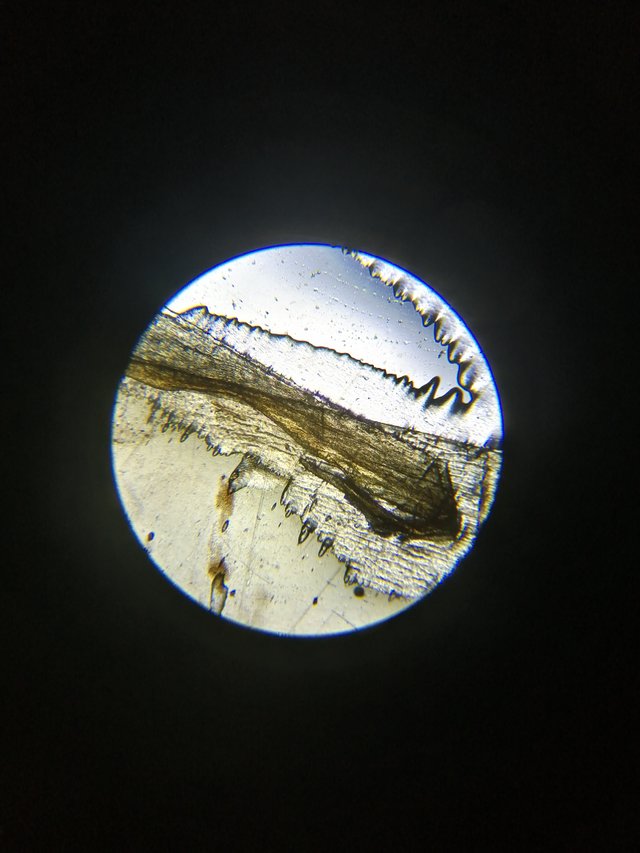
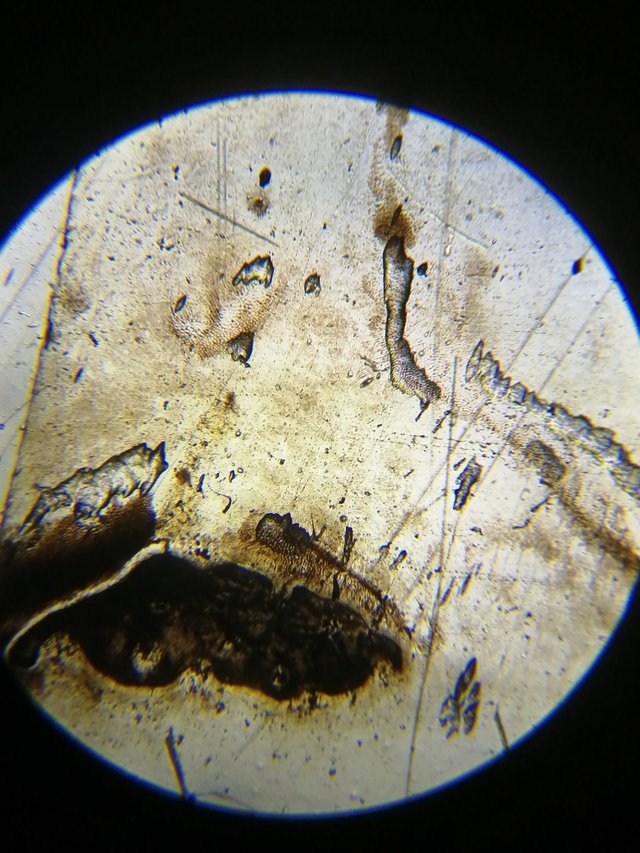
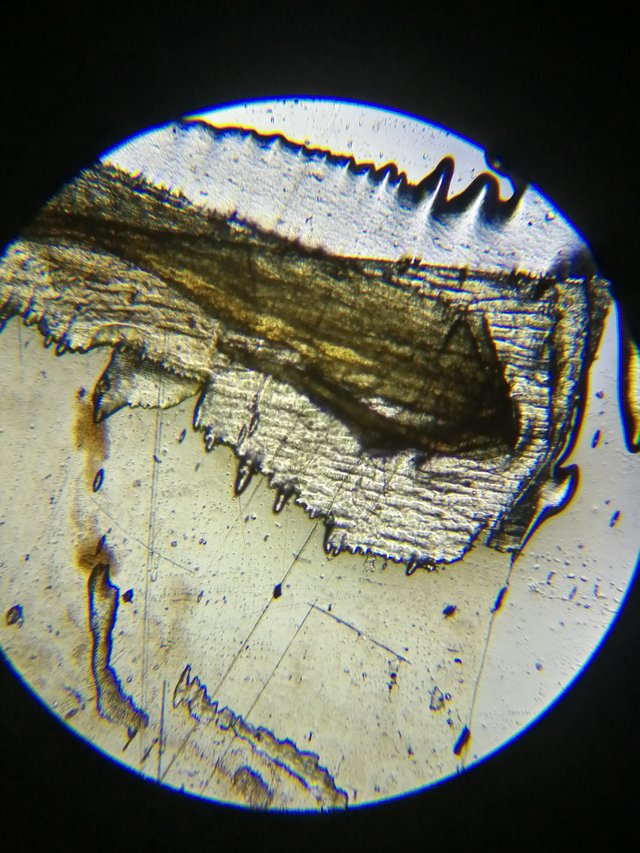
The last segments of insects can vary according to the species and can also have many different shapes in terms of designs, here the insect can use these last segments as a sensory "organ" or it can also be used as a reproductive "organ"!
Los ultimos segmentos de los insectos puede variar de acuerdo a la especie y tambien puede presentar muchas formas diferentes en cuanto a diseños, aqui el insecto puede usar estos ultimos segmentos como un "organo" sensorial o tambien puede ser usado como "organo" reproductivo!
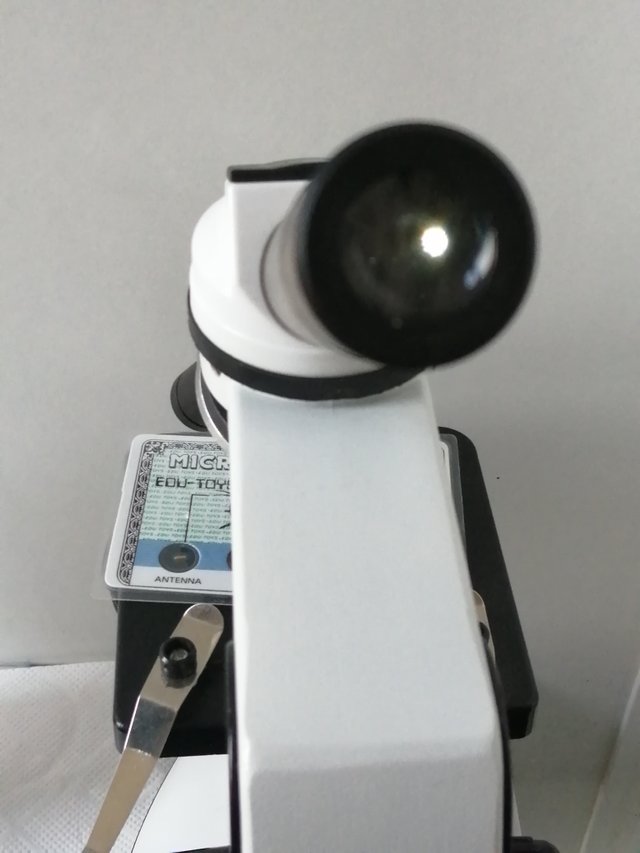
THE WINGS👨💻🦗/LAS ALAS🤓
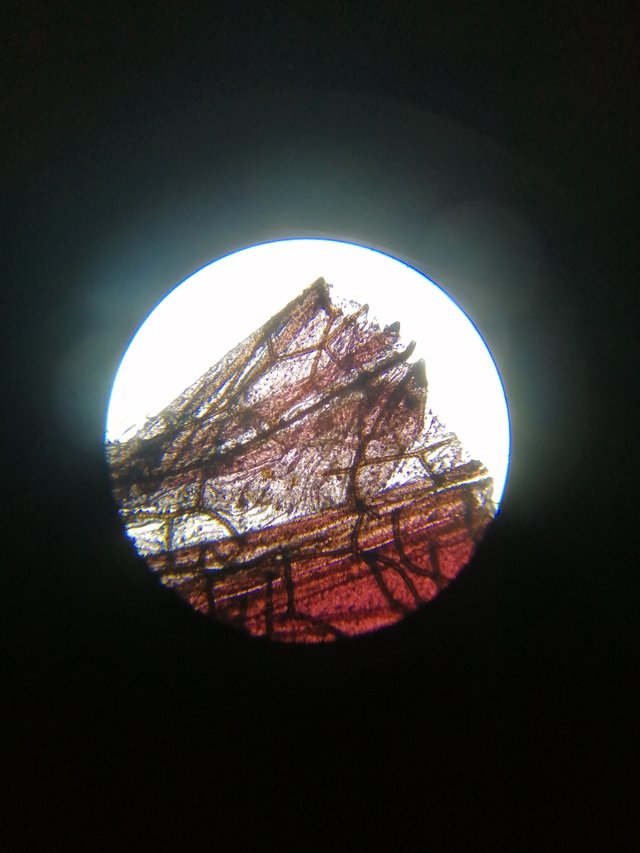
If we read a little the evolution of insects, we will reach a height where we would discover that these animals are great survivors due to their ability to adapt, it is thought that the origin of terrestrial insects is due to the fact that a "lobster" decided to fuse its segments, transforming them into wings. , and at this point they were able to make that water-land leap and with their wings to colonize many more areas, making them great cosmopolitans, the wings can vary from only one pair to two pairs like dragonflies!😋😋
Si leemos un poco la evolucion de los insectos llegara una altura donde descubririamos que estos animales son grandes supervivientes por su capacidad de adaptarse, se piensa que el origen de los insectos terrestres se debe a que una "langosta" decidio fusionar sus segmentos transformandolos en alas, y en este punto pudieron dar ese salto agua-tierra y con sus alas poder colonizar muchas mas areas, haciendolos grandes cosmopolitas, las alas pueden variar desde solo un par hasta dos pares como las libelulas!🤔🤔
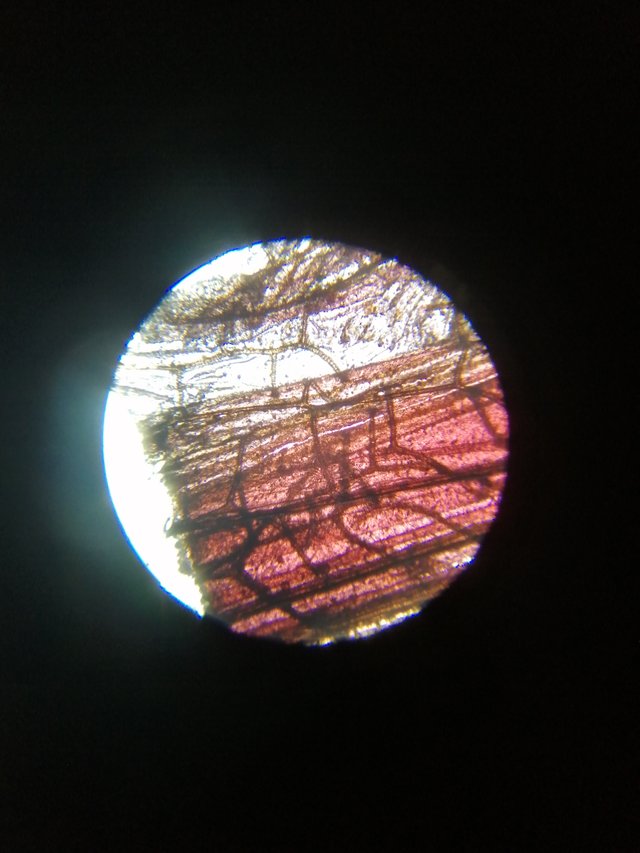
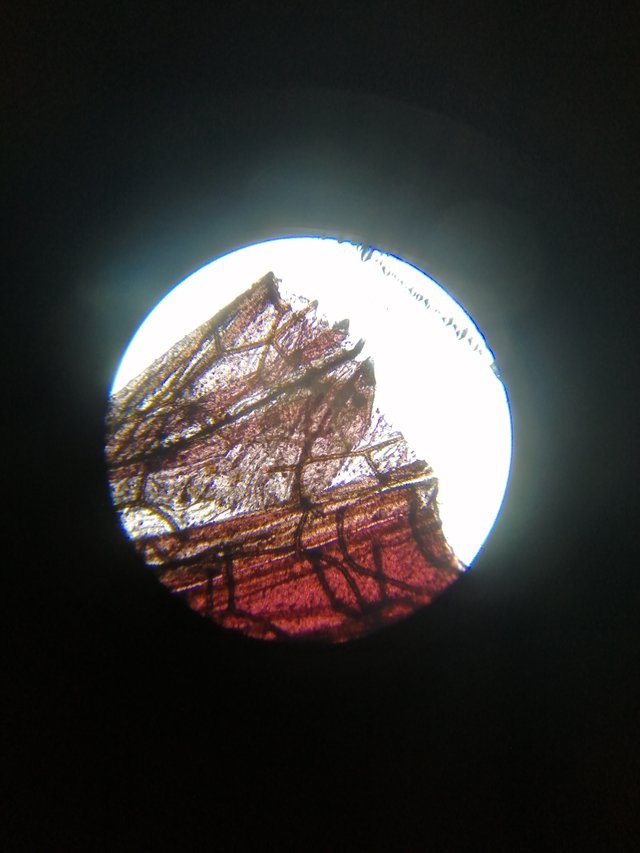
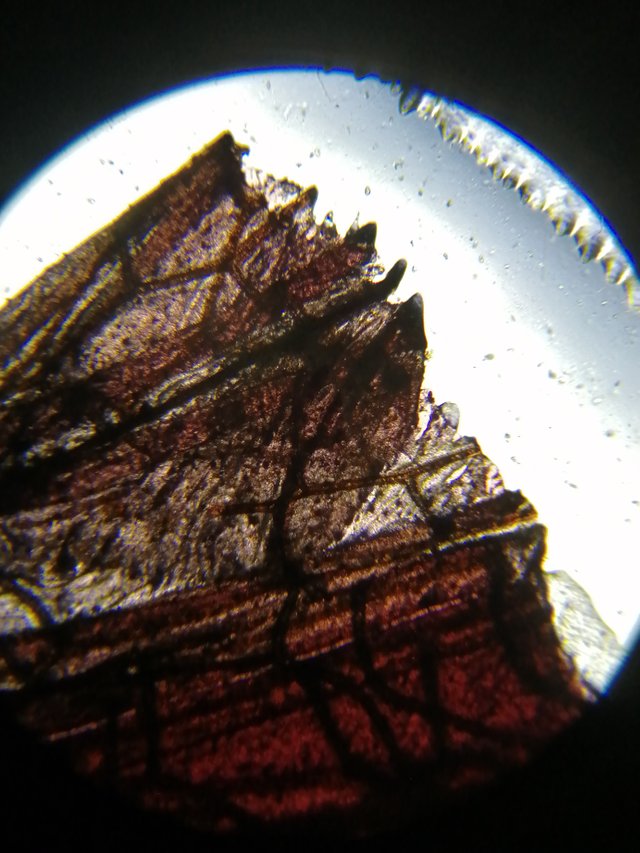
Not all insects have wings when they reach their maturation phase, they are known as wingless, all the wings of insects have some ramifications like seeing the "veins" of a leaf, these veins are called veins the set of all The veins that are present in the wings are known as venation, these "veins" have helped entomologists to classify many types of wings, the main function of the wings is to glide or fly, which helps many insects to predate or escape predators.🦗🐜🐝🦟
No todos los insectos tienen alas cuando llegan a su fase de maduracion, a estos se les conoce como ápteros, todas las alas de los insectos tienen algunas ramificaciones como ver las "venas" de una hoja, estas venas son llamadas nervaduras el conjunto de todas las venas que estan presente en las alas se le conoce como venacion, estas "venas" han ayudado a los entomologos a clasificas muchos tipos de alas, la principal funcion de las alas es para planear o volar, lo que les ayuda a muchos insectos a depredar o escapar de depredadores.😱😱
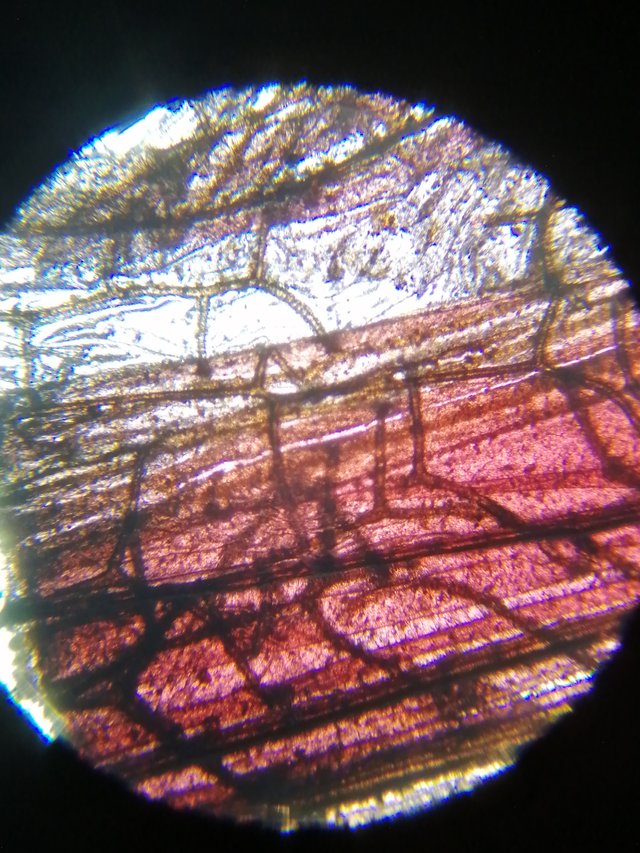
For more,you can visit this community
JOIN WITH US ON DISCORD SERVER: